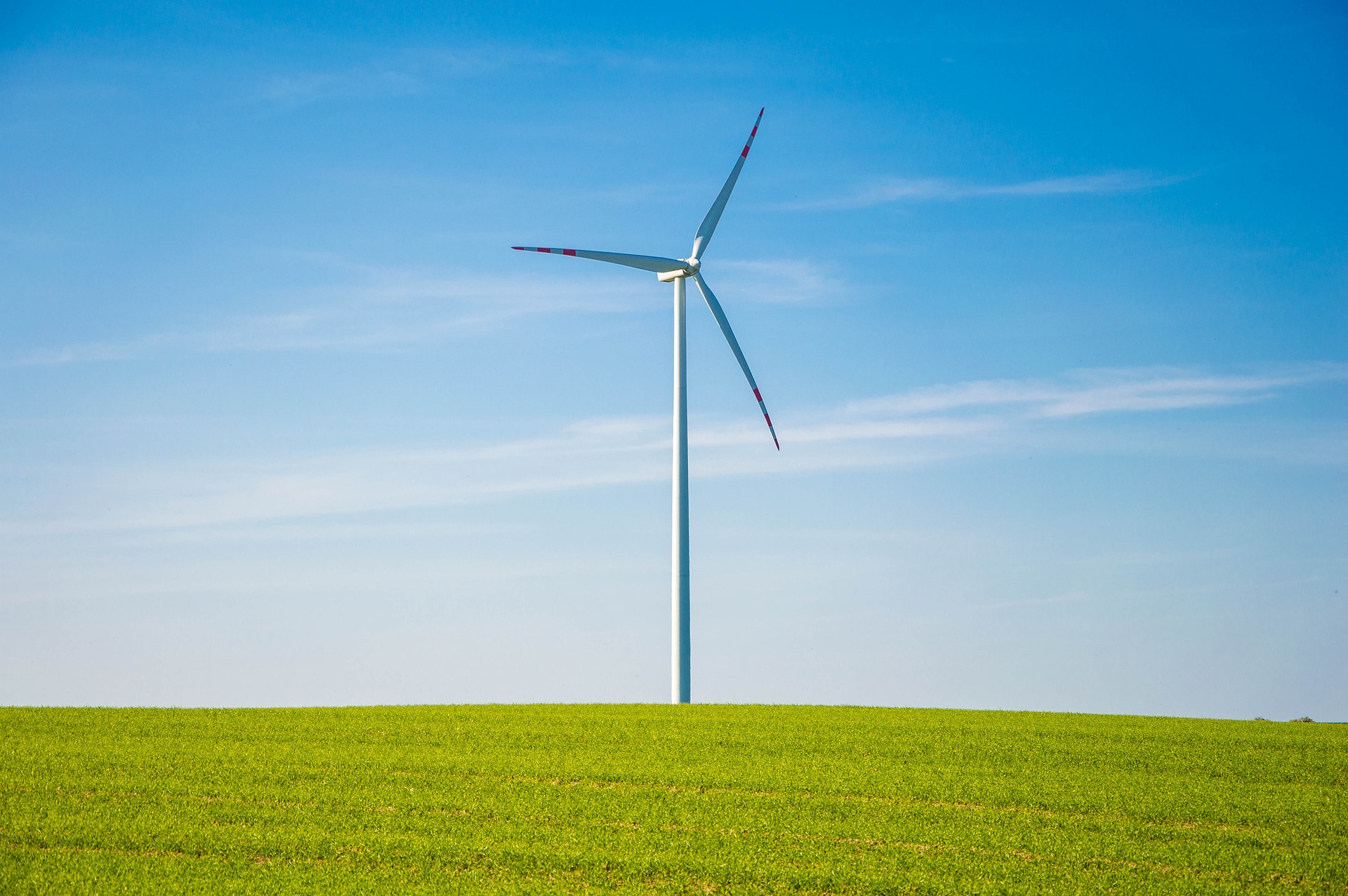JK Capital: China’s energy dilemma - How to decarbonise while keeping up with industrial demand?
JK Capital: China’s energy dilemma - How to decarbonise while keeping up with industrial demand?

During the last days of 2020, China faced energy blackouts in various provinces for the first time in probably more than a decade. Yiwu and Changsha were among the Chinese cities that imposed power rationing following a surge in power demand as increased demand from a recovery in manufacturing and wintertime heating worsened the supply shortage of power. Multiple cities in Zhejiang, Hunan, Jiangxi, Shaanxi, and Guangdong provinces have imposed limits on off-peak electricity use for factories since mid-December.
Week-long blackouts were announced in several parts of Shenzhen. Lighting of multiple landmark structures in Changsha, the capital of southern China’s Hunan province, were turned off during November as Chinese authorities tried to manage power supply. As per media sources, electricity restrictions are expected to be imposed in the eastern province of Jiangsu as well.
Being one of the first countries to recover from the lockdowns amidst the pandemic, China’s industrial production revived rapidly as exports reached a record high in November 2020, growing at 21.2% YOY. China’s power consumption in November stood at 646.7 billion KWH, a 9.4% YOY growth, the highest in 27 months. In addition, China is going through a particularly cold winter as power consumption exceeded the summer months for the first time in ten years. Despite the shutdown of the economy at the start of the year, power consumption in China grew by 2.5% YOY over the first 11 months of the year.
While the power blackouts in different parts of China came as a surprise, it also highlights deeper structural problems that the country is facing as it is going through the difficult balancing act of achieving energy security while decarbonising its fuel forms to meet its clean energy targets, two goals that appear to be mutually exclusive as achieving one objective probably has the impact of delaying the other.
China in its march towards decarbonisation is aiming at becoming carbon neutral by the year 2060. It has been trying to achieve this goal by modifying its energy mix through an increase of the relative proportion of wind and solar-generated power in its production of electricity. It is also trying to increase the proportion of natural gas which is a relatively cleaner form of fossil fuel. In the recently announced updated national climate targets for 2030, the leadership announced plans to reduce the CO2 intensity of GDP by more than 65% from its 2005 level. The previous target was to cut it by 60 to 65% by 2030.
The target for non-fossil energy share which includes renewables and nuclear generated power is to reach 25% of the energy mix compared with an earlier target of 20%. The focus on wind and solar remains strong with an expected increase of ~800 GW over the next ten years as the Nationally Determined Contribution (NDC) targets for installed capacity of wind and solar power generation is to increase it from the current 415 GW by end of 2019 to 1,200 GW by the end of 2030. The share of non-fossil-based energy rose from 12% in 2015 to 16% in 2020. We believe the country is on track to reach 25% by 2030.
While China continues to subsidise gas-based power production, it has now largely stopped providing national-level subsidies to wind and solar projects and is implementing reforms to its feed-in-tariff system, moving to replace it with auctions in which wind and solar power must compete on an equal footing with fossil fuels. However, we believe this is not a dampener for clean energy adoption as the rapid fall in panel prices for solar modules is helping the adoption of renewable energy without having to rely on government subsidies as the cost of producing power using renewable energy is fast approaching grid parity.
Domestic coal supplies have been squeezed by production halts following a series of mining accidents, a plunge in imports and a broader campaign to cut coal-fired power generation to fulfil the country’s emissions commitments. Curbing coal-based power production without being able to offset the shortfall with alternative energy sources at a time when industrial activity is at its peak has resulted in the current supply shortage situation.
The cut in domestic coal supplies has pushed domestic coal price to shoot up from its 52-week low of RMB464/ton on 6th May 2020 to currently surpassing RMB700/ton, well beyond the upper band level of RMB600/ton allowed by the National Development and Reform Commission (NDRC). A coal price in excess of RMB600/ton is considered as a red flag that prompts the NDRC to take measures to cool the price down. The NDRC has now required power operators to coordinate the supply of coal among their power plants and has stipulated that coal purchases should under no circumstances exceed RMB640/ton. Power plants are now under very close scrutiny by the government.
While China remains focused on increasing its proportion of renewables in the energy mix, such a gradual switch exposes China’s energy security to risks associated with renewable energy such as seasonal fluctuations. For instance, 45% of electricity consumed in the Hunan province is generated from hydropower plants which typically witnesses shortages of water during summer flooding and massive icing amidst the current winter. The situation has only gotten exacerbated as coal supplies from Shanxi and Shaanxi provinces were cut this year following mining accidents. Experts believe that the situation will get even worse in late January as the weather gets colder.
To make things worse, Beijing has taken strong retaliation measures against Australia. Australian imports, including coal, are now either banned of heavily tariffed after Australia pushed for an investigation into the origin of the coronavirus. Australia also criticised China’s human rights records and the national security legislation recently implemented in Hong Kong.
Australian coal accounts for roughly 25% of thermal coal imports. China’s imported thermal coal accounted for about 7% of domestic supply in 2019. While several Chinese media sources deny any relationship between recent electricity cuts and restrictions on Australian coal imports by arguing that the coal import ratio from Australia is only 2% of total coal consumption, it certainly adds to the ongoing crisis. Lifting the ban could provide some interim relief in the short term. Over the medium term, China can ramp up coal imports from Mongolia, Indonesia and Russia while expanding its local production.
Another key issue to address is the pricing regime. While coal prices are driven by the market, electricity tariffs remain under government control. Power generation companies need to keep electricity tariffs at low levels which leads them to be often loss-making as they supply power when the coal price is as high as it is now. Currently, the more power the plants generate, the more money they lose which discourages them from adding coal inventory and from producing more. Official data reveal that provincewide inventory of coal for power generation in Hunan declined by 18.5% as at the end of November vs last year’s level. Aligning the power tariffs with demand and supply would ensure energy being used in a more efficient way. Currently, Chinese households pay flat subsidised tariffs that are much lower than those paid by industrial users as the pricing system does not reflect the true costs of power generation. As China’s power needs keep on growing, the pricing of power has to be more market-driven.
The recent power outages highlight multifarious issues that China needs to address if it wants to march towards energy security and carbon neutrality without having to manage power cuts such as those experienced at present.
Conclusion
China shut down several coal mines in the Shanxi province, the coal mining hub of China following 13 accidents in the first 11 months of 2020 that resulted in the death of 26 workers. Coal production in Inner Mongolia that accounts for one third of China’s coal output has also been disrupted with ongoing corruption probes launched during the year regarding the opening of mines over the past two decades. China has also retaliated against Australia for political reasons by blocking the delivery of Australian coal. These measures have resulted in a short supply of coal and a sharp surge in coal prices, coal still accounting for more than 55% of China’s power production.
While China is in the process of decarbonising its fuel, it also faces the huge task of achieving energy security which has been supported by fossil fuel. Commenting on the recent outages, China’s electricity council said that China’s overall power supply is adequate while there are short term shortfalls emerging at certain hours in certain regions, hence dismissing that the current outages are a grave concern.
While we agree that the current outages cannot be considered as a big issue it serves as a warning bell for China to investigate its energy policy with respect to achieving decarbonisation without compromising its energy security. The current situation clearly highlights how difficult it is for a large industrial developing country to move towards decarbonisation and increase its use of renewable energy while keeping electricity prices low for consumers and safeguarding the financial stability of power producers without which no industrial company could operate.









